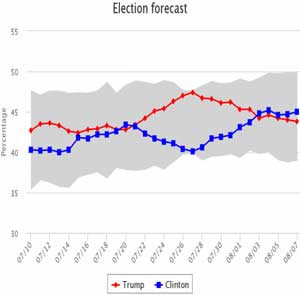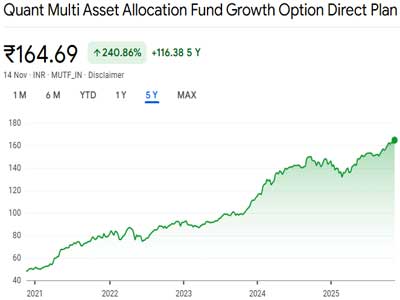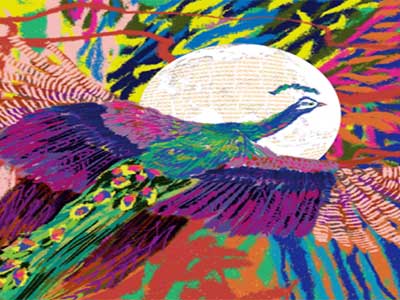Clinton has a slight edge, 45 percent to 44 percent, over Trump in the national daily probability poll – one of a few such polls in the country. Trump slid nearly 4 percentage points as Clinton gained nearly 5. However, the difference is well within the poll’s margin of error of plus or minus 5 percent.
Clinton leads among eligible voters aged 35 to 64–46 percent to Trump’s 43 percent. She made some headway among those 65 and older, gaining nearly 7 percentage points during the Democratic National Convention and in the days afterward. Even so, Trump still leads this age group, 48 percent to 45 percent.
Clinton also is drawing more support from low-income eligible voters (52 percent to 36 percent). Among women, she now leads 50 percent to 37 percent. Trump remains ahead among whites (54 percent to 34 percent) and among men (51 percent to 40 percent).
“Measuring the intensity of voters’ preferences for a candidate helps us understand how hard or soft the support for a candidate is,” said Arie Kapteyn, executive director of USC Dornsife’s Center for Economic and Social Research, which oversees the Understanding America Study whose panelists participate in the Daybreak Poll.
“The same is true of the questions we ask about the percent chance that a respondent will actually vote,” Kapteyn added. “We want to give most weight to those who are most likely to actually vote in November.”
A growing number of eligible voters – 55 percent – think Clinton will win in November, compared with 41 percent for Trump. That marks a 6 percentage-point increase for Clinton and a nearly 5 percentage-point decline for Trump.
Results are updated nightly in the poll, and they reflect a rolling seven-day average.
Additional poll highlights
In the aftermath of the Democrat and Republican party conventions, traditional political affiliation remains the biggest predictor of whether a respondent plans to vote for Trump or Clinton.
•Party loyalty: Republican-affiliated voters indicated an 80 percent likelihood of voting for Trump, only a few percentage points below the 84 percent for Clinton indicated by self-described Democrats.
•Independents: These respondents were more divided, averaging a 37 percent likelihood of voting for Trump, 30 percent for Clinton and 33 percent for some other candidate.
•On the fence: With more than four months to go until Election Day, many eligible voters are undecided. Roughly 1 out of 4 voters have significantly increased or decreased their levels of support for the candidates over time. In the most recent week, only about 1 out of 4 in both parties rated the likelihood of voting for their party’s candidate at 100 percent. At this time in 2012, more eligible voters – 35 percent – were confident that they were going to vote for President Obama’s reelection.
Party affiliation was also predictive of whether Republican and Democratic national convention speeches and events were more likely to inspire optimism or fear, according to poll questions asked of respondents who followed the news about each party’s convention.
The poll asked eligible voters who followed the conventions to rate if the convention made them feel that the future would be better or worse “for people like you,” on a scale from 0 – they felt the future would be much worse – to 10 – they felt it would be much better.
•Post-RNC: Some pundits characterized the convention’s tone as apocalyptic or negative. However, Republican-affiliated voters rated their outlook at a fairly positive 6.6 out of 10. Among Democrats the average was 3, and among independents, 4.5.
•Post-DNC: The Democratic National Convention focused more on traditional American campaign imagery and optimism, and the average level of optimism among Democrats was 7. But Republicans rated their sense of optimism at 2.5 and independents at 4.2.
“Although the differences are not large, there is some suggestion that Democrats are more optimistic about the future than Republicans, consistent with the different messages of the two conventions,” said Jill Darling, survey director of the Understanding America Study at USC Dornsife’s Center for Economic and Social Research.


















Related Items
Trump’s Conspiracy: India’s Trap or Golden Opportunity?
Trump’s U-Turn and strategic realities of India-US relations
Trump’s team, India, and the death of diplomacy…